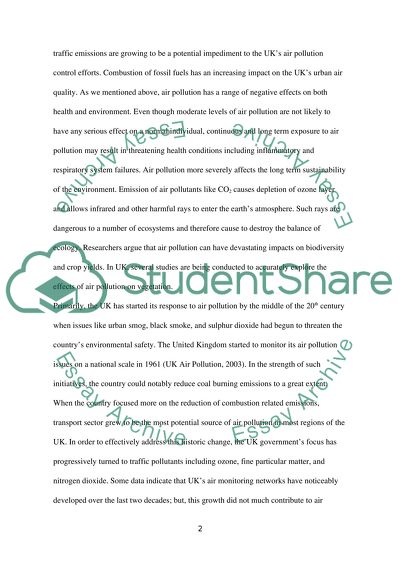Cite this document
(Air Quality Management and Air Pollution Status Essay Example | Topics and Well Written Essays - 2000 words, n.d.)
Air Quality Management and Air Pollution Status Essay Example | Topics and Well Written Essays - 2000 words. https://studentshare.org/environmental-studies/1448010-air-quality-management-and-air-pollution-status
Air Quality Management and Air Pollution Status Essay Example | Topics and Well Written Essays - 2000 words. https://studentshare.org/environmental-studies/1448010-air-quality-management-and-air-pollution-status
(Air Quality Management and Air Pollution Status Essay Example | Topics and Well Written Essays - 2000 Words)
Air Quality Management and Air Pollution Status Essay Example | Topics and Well Written Essays - 2000 Words. https://studentshare.org/environmental-studies/1448010-air-quality-management-and-air-pollution-status.
Air Quality Management and Air Pollution Status Essay Example | Topics and Well Written Essays - 2000 Words. https://studentshare.org/environmental-studies/1448010-air-quality-management-and-air-pollution-status.
“Air Quality Management and Air Pollution Status Essay Example | Topics and Well Written Essays - 2000 Words”. https://studentshare.org/environmental-studies/1448010-air-quality-management-and-air-pollution-status.


